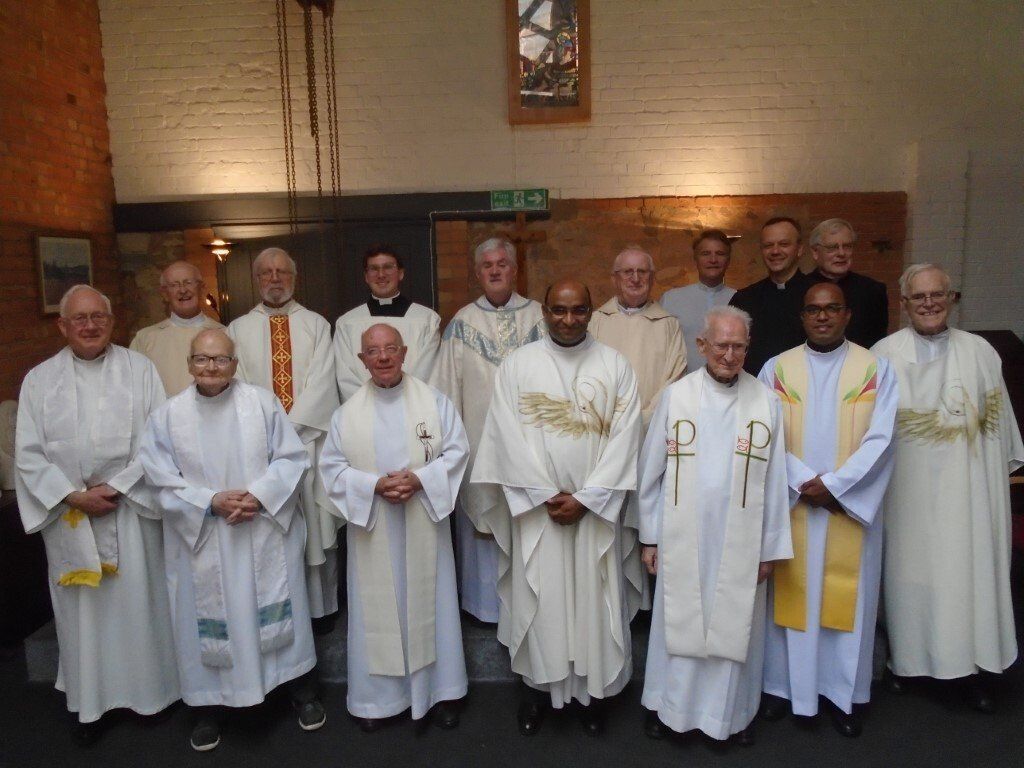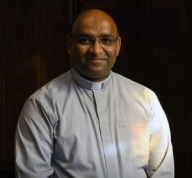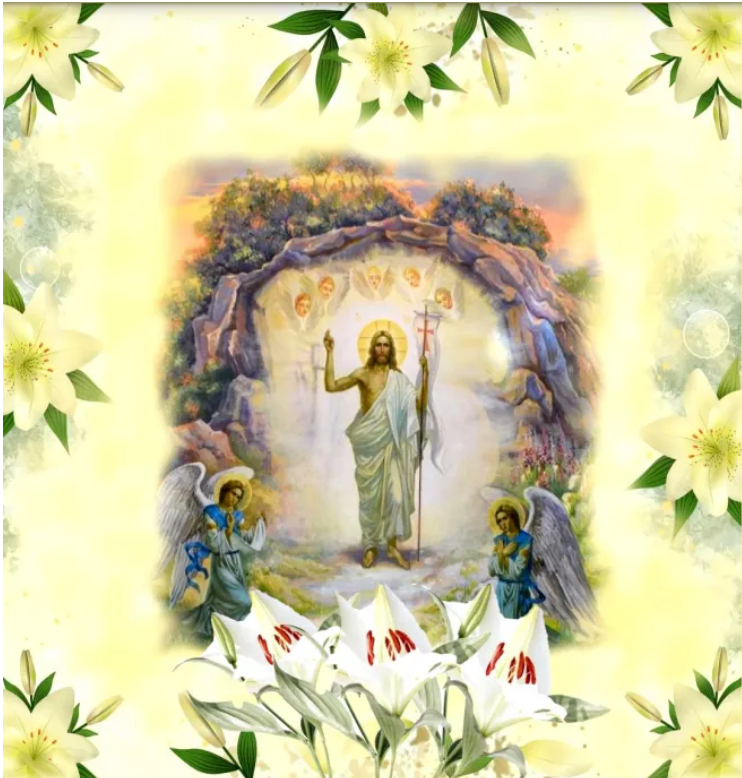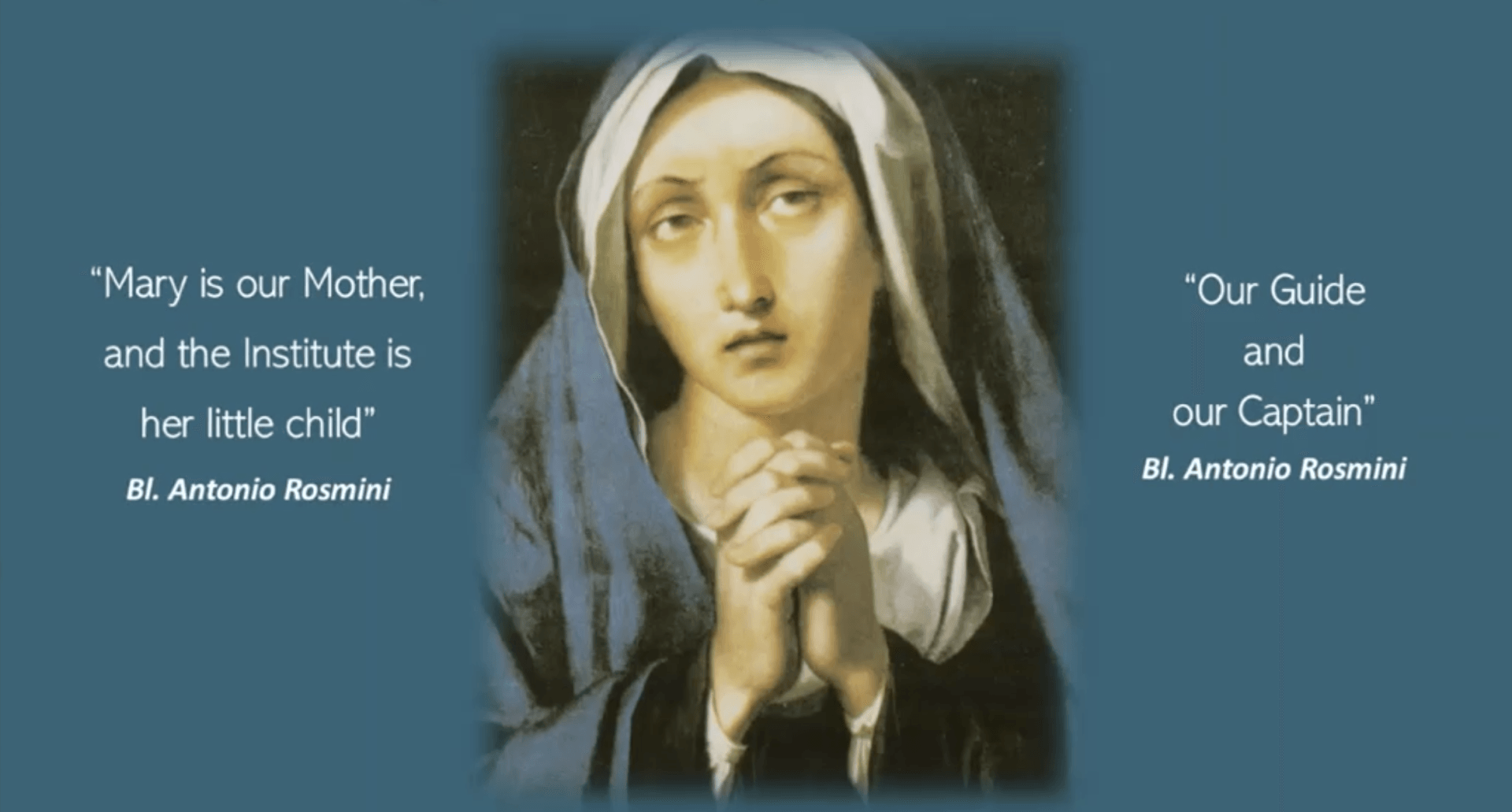Rosminian Institute in South Wales
Anthony Evans • July 28, 2020
The Rosminian Institutes in South Wales
In the 1840’s, the town of Newport was the largest in Wales, with a Bishop, of the diocese of Newport and Menevia. The industrial revolution and Irish immigration had swollen the numbers of Catholics living in and around the town and in the valleys of South Wales. Bishop Brown belonged to the Benedictine Order and it had been his hope that his own brethren would be able to administer all the new parishes which were springing up in his diocese. Indeed, the Benedictines served these growing congregations devotedly for some years until it became necessary for additional help to be found.
In Newport, a small chapel had been erected in 1812 on the site of the present St. Mary’s Church. With the numbers of parishioners constantly increasing, it was decided that a new and much larger parish church was needed. In 1840 the new St. Mary’s was opened.
It was in early March 1846 that the first Rosminians came to South Wales. Fr. Luigi Gentili and Fr. Furlong came to Newport to give a mission, one of so many that were given at that time by these brethren in cities across the country. They had travelled through the night from Manchester, where Fr. Gentili had caught a cold, not helped by the unhealthy conditions they had found in that city. The mission at St. Mary’s began, but Fr. Gentili had only preached six sermons when he became too ill to continue and retired to bed. He had been unable to project his voice, and unknown to him, the congregation which filled the church had complained to Bishop Brown that he could only be heard at the front of the church, it was impossible to hear him elsewhere. Fr. Furlong continued the mission alone.
The congregation were delighted that they could now hear the sermons and informed the Bishop that they wished for Fr. Furlong to give all the rest of them! The Bishop had the delicate task of explaining the situation to Fr. Gentili, who immediately replied that he accepted this. He said that he thanked the Lord for humbling him, and that he would be glad to support the mission in any other way he could. When it ended, the Bishop wrote to Fr. Pagani, the Rosminian Provincial, explaining what had happened and expressing his great admiration for these priests and how he had been impressed by their witness. From Newport they went on to Yorkshire, where Gentili wrote to Pagani explaining that he had only had a bad cold which affected his throat and was now much better!
The Benedictines in Wales were being stretched to their limits for manpower, and Bishop Brown gladly turned for assistance to the Institute of Charity. He began making frequent requests through Father Pagani to Father Founder, for the Institute to undertake the pastoral care of St. Mary’s.
To the delight of Bishop Brown, the first Rosminian priests to take over the care of the parish, Fr. Hutton and Fr. Fortunatus Signini, who had been secretary to Antonio Rosmini, arrived in the town to undertake this task in June, 1847. Fr. Signini eventually became a victim of typhus which was prevalent in the town at that time, and after his recuperation, moved to Cardiff. Two other Italian priests arrived in 1849 at St. Mary’s, Fr. Rinolfi and Fr. Dominic Cavalli. Fr. Cavalli remained there for forty years and spent himself in the spiritual and temporal care of his parishioners. During those years he also suffered two attacks of typhus. Fr. Rinolfi remained in Newport for a while before his appointment as Provincial, Fr. Pagani having been elected Superior General after the death of Rosmini. In those early years Cardiff was actually part of St. Mary’s parish.
A few years later Cardiff began to expand quickly, due very much, to the Irish influx. The Bishop again requested the Institute to send priests to take over the care of St. David’s Church in the town and in 1854 this became the second parish in Wales to be administered by Rosminians. The conditions in the town were deplorable, and the small presbytery was completely unsuitable for a community. The first Rosminian priest to arrive in Cardiff, after his short time in Newport, was Fr. Signini. He was later joined by Fr. Stefano Bruno, Fr. Lorenzo Gastaldi , Fr. Guiseppe Costa and Brother Mitchell.
St. David’s soon became too small for the expanding congregation and land was sought on which to build another church. It was decided to build on open fields to the east of the town and St. Peter’s in the Fields, as it was then known, was opened in September 1862.The Fathers continued for some time to administer both St. David’s and St. Peter’s. Eventually Fr. Gastaldi would return to Italy, where he became, after the First Vatican Council, the Archbishop of Turin. Fr. Costa was sent to America, where he pioneered the Rosminian Mission in Illinois.
As well as the priestly care of parishes, brothers of the Institute also came to South Wales to develop an extensive system of schooling. In August 1847 they came to Newport, and St. Mary’s School was opened to teach boys. The Sisters of Providence arrived the following year to take on the teaching of girls. This happened also in Cardiff and in September 1856 the Sisters opened their first school.
The plans to bring the Sisters to the town caused an outcry from non-Catholic residents against the arrival of nuns. A petition was taken from door to door and signed ‘A Petition from the Ladies of Cardiff’. It was then sent to Queen Victoria. After quite some time had elapsed, a reply was received acknowledging receipt of the petition, to which was added ‘Her Majesty was not aware that there were any ladies in Cardiff’. St. Peter’s School was opened in August 1872. Schools continued to be established particularly in the 1860s and70s, with the parishes seeing much growth in the 1880s and90s.
EXPANDING MISSIONS
By now other religious institutes were also working in the diocese and making important contributions, especially in the area of education. The population of Cardiff was constantly expanding and the town would soon become larger than Newport. Sent to Newport were the brothers, Frs. John and Michael Bailey in 1862. Fr. Michael Bailey laid the foundation stone of a new church, St. Michael’s, which would be administered by Rosminians, in the docks area of the town. This church was built virtually entirely by the parishioners, many of whom worked as dockers and labourers, and many of these were from Ireland. The soil on which the church is built and all the stone for the building, came from Ireland. The church was opened in 1872 and by 1907 it was an independent parish, Fr. Michael Hill being the first parish priest there. The four Catholic schools in Newport were now well established, as were also the seven schools in and around Cardiff, all built by Rosminians.
Parish life was by now developing with various spiritual societies being popular. Parish processions were always well loved, especially the May and Corpus Christi processions. When Fr. Founder sent the first missioners to England, they re-introduced many of the old Catholic customs which had been lost by the Reformation.
In 1880 the Catholic community in Cardiff was divided into parishes and St. David’s, the church administered by Rosminians since they arrived in 1854, became the responsibility of the diocese. In the 1890s, the diocese of Newport and Menevia ceased to exist and the Archdiocese of Cardiff was erected.
The Rosminian Sisters worked in their Cardiff schools, having left Newport in the late 1800s. They made a tremendous contribution to the school mission and in Newport they started, at St. Mary’s, the Children of Mary, and the Association of Catholic Mothers. In Cardiff in 1877 they were asked to open an upper school near St. Peter’s and in 1904 they opened a pupil teacher centre at Heathfield House to combat the shortage of teachers. This project was discontinued by 1927.
New parishes were formed which had been part of St. Peter’s and this boundary was reduced. In 1891 the parish of St. Alban’s was founded and an ‘old tin church’ used for worship until in 1899 the new church was opened. The parish priest was Fr. Hayde, who had been based at St. Peter’s previously. St. Joseph’s was established about 1913 and the old tin church previously used at St. Alban’s came here too. The new St. Joseph’s was opened in 1936, and was entirely paid for by a Catholic family who were potato merchants. Priests were supplied here also from St. Peter’s. In Newport, the Rosminian parish of St. Patrick’s was established in 1924. Fr. Michael Bailey, who had founded St. Michael’s church and school, noticed the need for a church in the east of the town. The Catholics of this area first worshipped in the room of a building which is now a club, then later land was purchased nearby and again an ‘old tin church’ was erected, with a presbytery and school. The first resident priest was Fr. Woodcock, who came from St. Etheldreda’s, London. The new St. Patrick’s church was opened in 1963.
OUR OWN TIMES
The Institute undertook in 1989, the care of Our Lady of Lourdes parish in Swansea. From 1998 to 2001, the brethren also had the care of the Cathedral along with the parish. Then in 2001, they moved from Swansea to St. Joseph’s parish in Neath and here have three churches in their care and also a convent.
Past times have seen an abundance of religious vocations, but now the labourers are not quite so plentiful. Recently the first Rosminian parish in South Wales, St. Mary’s, Newport, has been returned to the administration of the archdiocese. At St. Michael’s and St. Patrick’s the Institute continues to serve the Lord in the spiritual care of parishioners, in the schools and with occasional responsibility at the local hospitals. In Cardiff also, these ministries continue. By the late 1990s, the Sisters had left the Cardiff schools and now have one house in SouthWales situated almost midway between Newport and Cardiff.
Over the last decades there have been growing numbers of ascribed members in most of our parishes. During the past eleven years they have formed into groups and usually meet monthly for formation and sharing. Many have benefited from retreats and pilgrimages that are sometimes arranged to the Rosminian sites in the north of Italy and they always look forward to the annual province day for the ascribed held at Grace Dieu. Also much appreciated and enjoyed is when we meet with the brethren for the Area Days normally held at St. Peter’s.
The province celebration which took place at Cardiff in 2005 for the 150th anniversary of the death of our Father Founder left us with special memories and much gratitude to God. We rejoice that the spirituality of Father Founder is embraced by both religious and laity and we thank God for this wonderful gift, especially as we reflect on the providential design of the Lord in bringing Rosmini’s Institutes to South Wales. Our prayer is that by the grace of God, we will continue to remain faithful to our Rosminian charism. Janet Blackman, St. Patrick’s, Newport.
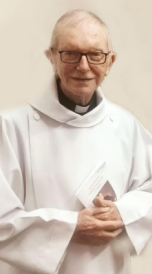
With deep sorrow, we hear of the news of the passing of Br Brian, who peacefully went to be with the Lord on last Sunday 28th September 2025. Please remember his family in our prayers. The Reception of Br. Brian into the Church will be on Sunday 12th October at 6:00pm in St. Joseph's Cardiff, followed by Mass. His Requiem Mass will be on Monday 13th October at 9:30am at St. Joseph's, followed by burial at Western Cemetery at 11:30.
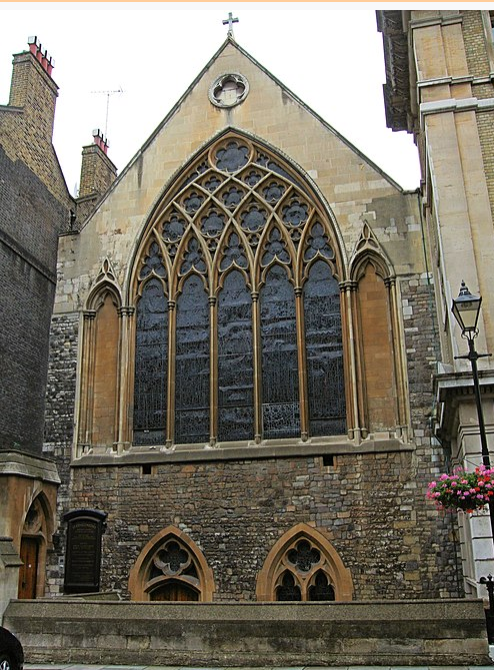
St Etheldreda’s Church was the town chapel of the Bishops of Ely from about 1250 to 1570. It is the oldest Catholic church in England and one of only two remaining buildings in London from the reign of Edward I. It was once one of the most influential places in London with a palace of vast grounds. It was like an independent state, the Bishop of Ely’s place in London or Ely Place as it is now called, and its chapel took its name from one of England’s most popular saints of the day, Etheldreda. In 1829, the Catholic Emancipation Act was passed and for the first time for 300 years it was no longer illegal for Catholics to have churches and say mass. In June of 1835, three Italian priests arrived at Tilbury. They were members of the Institute of Charity, founded by Antonio Rosmini, and later to become known as Rosminians. They introduced into England a new form of clerical dress, the Roman collar or dog collar. The Rosminians had worked very successfully in the Nottingham and Leicester areas and later in North London. The Rector of the North London Mission was Father William Lockhart, an Oxford convert and friend of the man who was to become the great English Cardinal, John Henry Newman; and it was Lockhart’s conversion that finally convinced Newman that he too should become a Catholic. The then Cardinal, Henry Manning, wished the Rosminians to serve in the slum areas of Holborn. Father Lockhart was chosen for this task. And in December 1873, he learned that the ancient Chapel of St Etheldreda’s was about to be sold by auction. Father Lockhart faced competition from the Welsh Episcopalians, who had the backing of a Welsh steel magnate. But at the auction, the Welshmen made a mistake. They thought Father Lockhart’s agent was theirs, so they stopped bidding. And with the next bid of £5,400 St Etheldreda’s was knocked down to the Rosminians. Parish Priests Fr. Fr Tom Deidun IC St Etheldreda's Catholic Church St Etheldreda's Church, 14 Ely Place, London, EC1N 6RY http://www.stetheldreda.com/
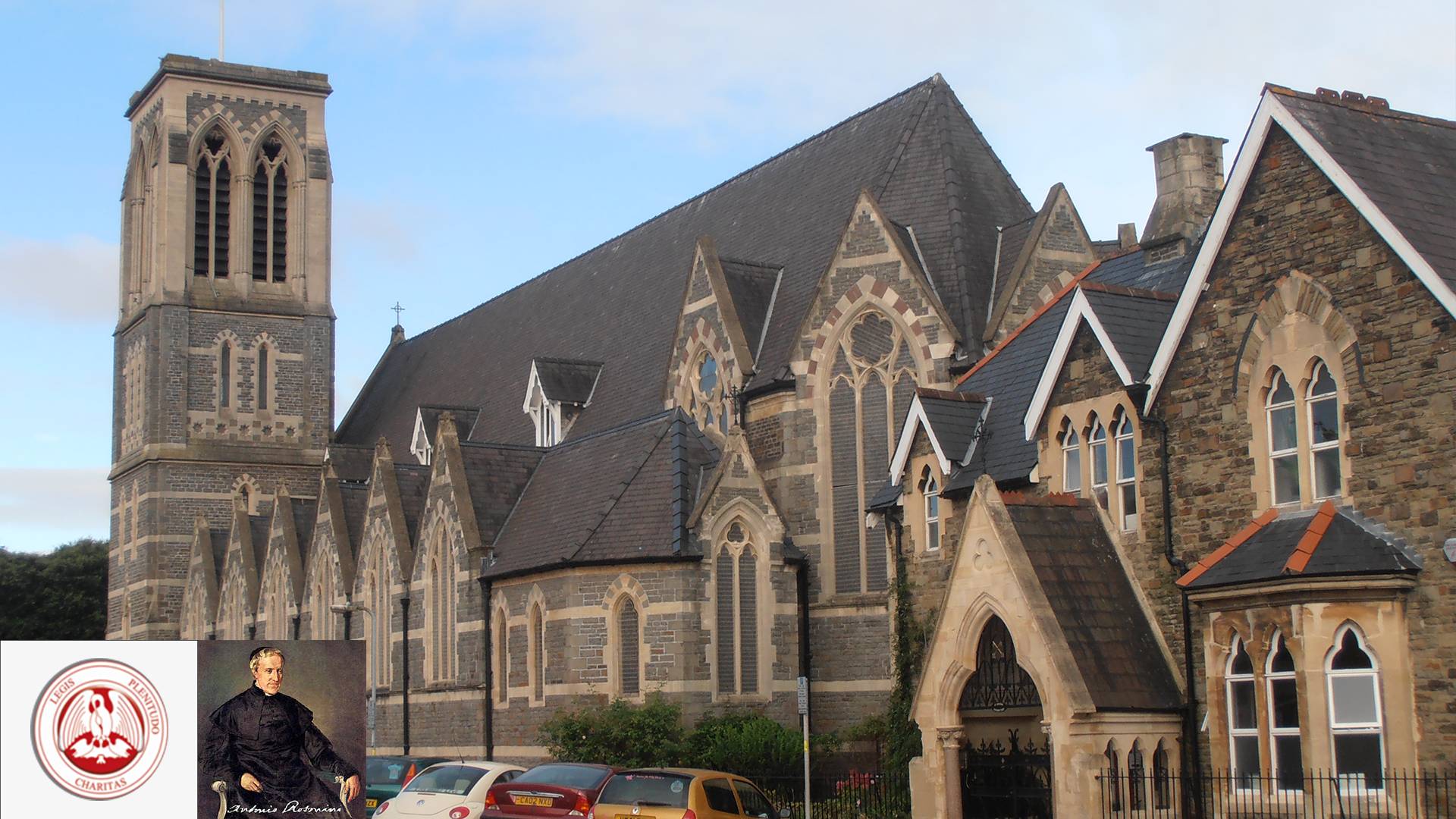
Three members of the Institute of Charity arrived in England. In 1847 the order was asked to take charge of Newport, and in 1854 it also took charge of Cardiff. Background St Peter's Parish, Roath, Cardiff is one of the oldest Catholic parishes. The Rosminian Fathers responded to Bishop Browns plea to send some priests from Newport (begun in 1847) to Cardiff in 1854. All of Cardiff and surrounds were entrusted to the Rosminians. They were the priests until 1885 or so. In 1881 there were 10,000 Catholics in Cardiff, one third of the population. Fr Fortunatus Signini was keen to build St Peters 1854 to 1862. Fr Stephen Bruno spent all his priestly ministry in Cardiff. Fr Gastaldi and Fr Costa joined them. Fr Signini put all his efforts into building Catholic Schools. From street collections among Catholics he was able to begin schools and then develop other parishes such as St Patricks and St Marys. Three Rosminian Sisters arrive in 1856 and looked after their first school in David Street. The beginning of a long successful mission to many schools in Cardiff. The Parish of St Peter's today is a thriving community, truly international in membership. Being very central to the city it ministers to an established older community as well as a younger student group and young families, many of whom have come from overseas. It has devotional groups, charitable outreach through the St Vincent de Paul and Justice group, musicians, singers, altar servers, the St Peter's Rugby Club, scouts and brownies. The Parish Council has oversight of various activities. For the year 2000 an enhanced peal of bells was installed and a full redecoration of the interior of the church. More recently, 2006, a new Swiss Spath organ was donated. In 2007 many parishioners formed a group to travel to Novara, Italy for the Beatification of Father Antonio Rosmini. 2010 saw the 150th Anniversary of the first Mass at St Peters. In 2020 the Citizen's group was influential in assisting a Syrian refugee family to settle in the city. The Rosminian community comprises four members. Parish Priests Fr. Chris Fuse Fr Shinto Kumminiyil Fr Benny Dennis Deacon Mike Randell St Peters Catholic Church St. Peter's Presbytery, St Peter's Street, Roath, Cardiff, CF24 3BA https://stpeters-roath.co.uk/
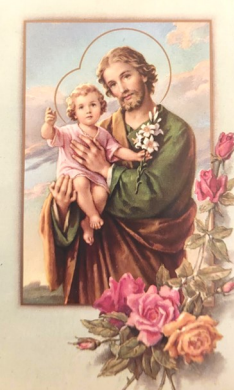
After the Blessed Virgin Mary, St Joseph is the greatest of the saints. He is the one “into whose custody God entrusted his most precious treasures,” Jesus and Mary, out of all of the men who will ever live. The Church honors St Joseph on March 19th for his faithfulness to God and to his vocation as Custodian of the Redeemer. From St Joseph, we can learn about the importance of faith when we see how deeply he believed the message of the angel and took Mary home as his wife. We also understand what courage is when we hear about the flight into Egypt, and how St Joseph was obedient to God, even in the midst of great trials and danger. St Joseph is the patron saint of the Universal Church, unborn babies, families, fathers, immigrants, social justice, carpenters, those seeking employment, realtors, and a happy death. “Go to Joseph with extreme confidence, because I do not remember having asked anything from St. Joseph, without having obtained it readily.” ~ St. Padre Pio St Joseph, pray for us. ( Source: Catholic News Agency )

Laetare, taken from the first words of the Entrance Antiphon, “Laetare Jerusalem” which means “Rejoice, Jerusalem”. On this Sunday the Church expresses hope and joy in the midst of our Lenten fasts and penances. Laetare also reminds us of the event we look forward to at the end of the penitential season and the joy in anticipation of the resurrection.
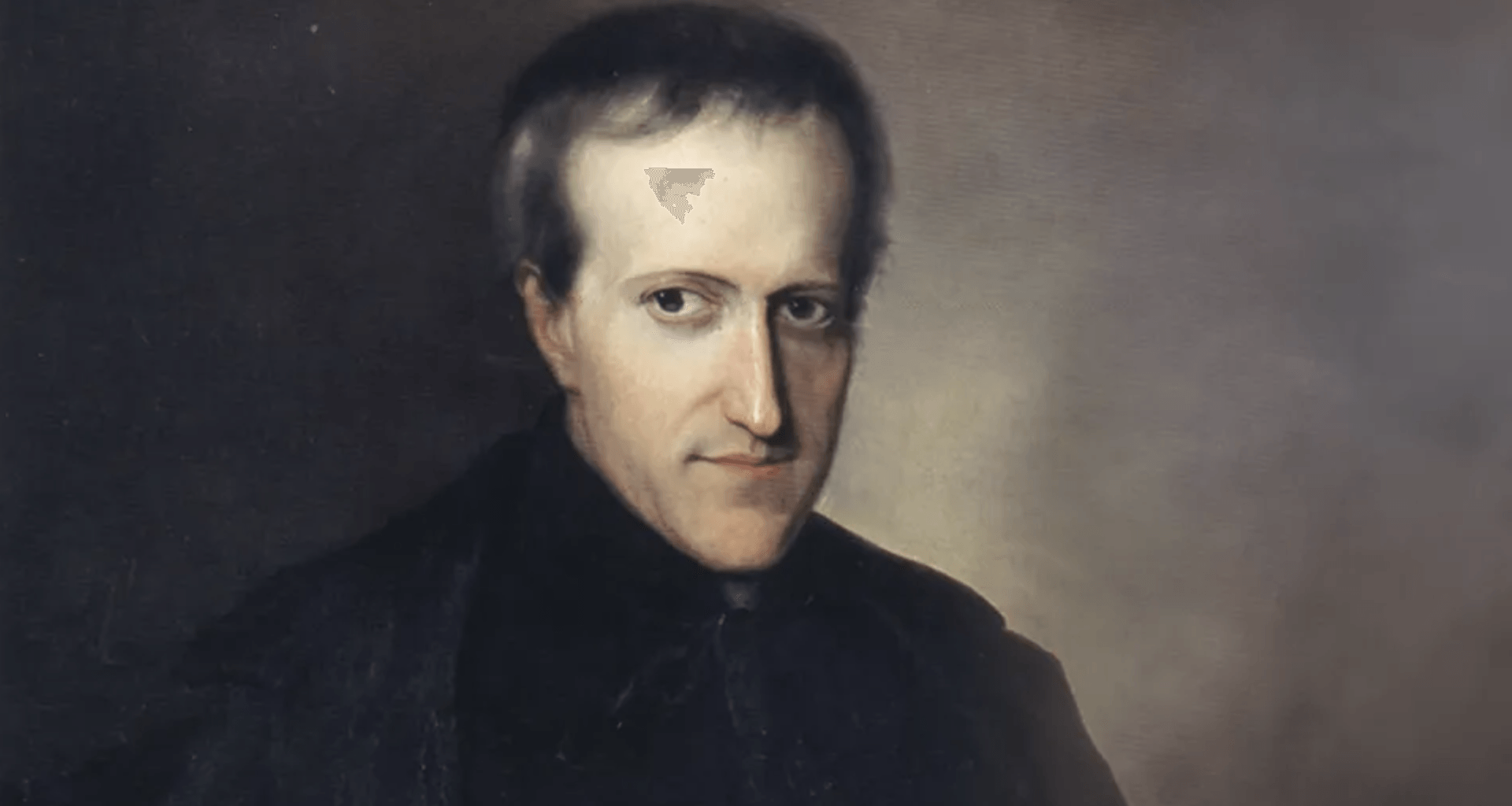
20th February Blessed Antonio Rosmini had wanted to write the Constitutions (the aims or purpose and way of life for his Institute of Brothers and Priests) in a secluded place, but what awaited him on the Sacred Mountain of Calvario was something more like a haunted castle. So what did Antonio Rosmini do? From this wilderness and disorder he created a humble home and wrote the Constitutions or foundations of his Order. In silence and prayer, and with great patience and trust, he set about his work. On the 20 February 1828, he spent the next two months writing the Constitutions in his small and simple room called 'La Cella' or the Cell; hence the name of this feast and day of celebration.
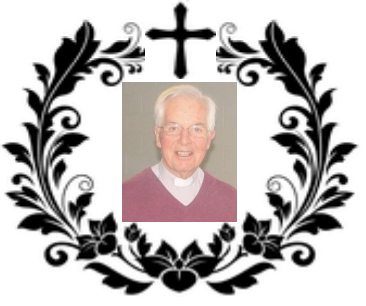
Father Michael Hill has gone to the Lord. He passed away on Thursday 6th July in Christchurch, New Zealand. He worked most of his life in New Zealand. He was the editor of the international Catholic magazine Tui Motu InterIslands and he was the author of the book, Antonio Rosmini — Persecuted Prophet. We pray for his eternal rest.

With sadness we hear that Fr Jim has gone to celebrate Christ the King in the kingdom of the servants of God. The last 24 hours he was extremely weak and died at 5.00 am Saturday morning 20th November. The funeral will be in Dublin on Tuesday 23rd. . We will pray for him at holy Mass and in our divine Office. He will be praying for us as he has been, as don Marco Tanghetti, our new Father General told us when he went to visit him. May he Rest in Peace.

